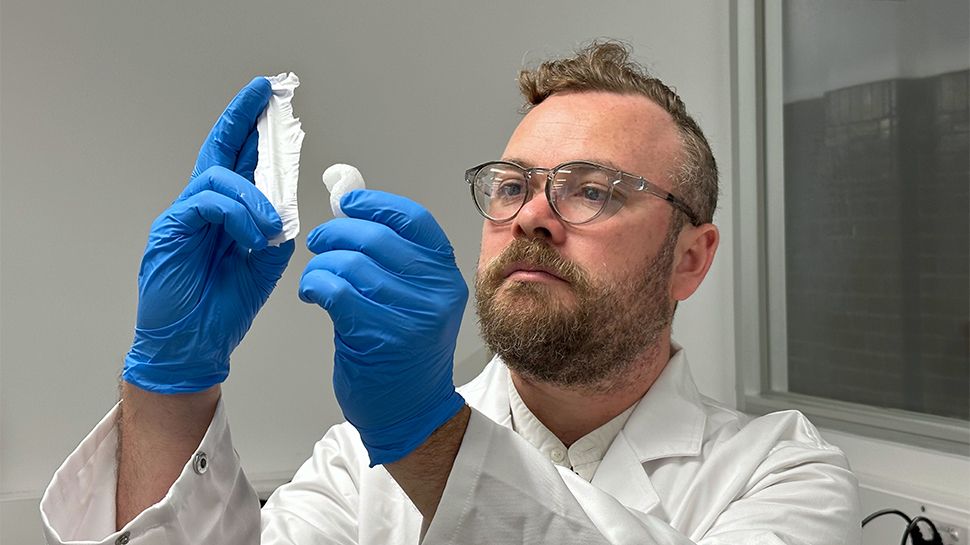Harnessing Nature's Power: From Recycled Polystyrene to Sustainable Energy Solutions
Revolution in Energy Generation
The quest for sustainable energy innovations has taken an extraordinary leap at RMIT University. Researchers have developed a novel recycled polystyrene material that not only mimics the aesthetics of bird feathers but also generates electricity from waste energy in the air. This groundbreaking invention promises to revolutionize the way we think about renewable energy resources and the reuse of single-use polystyrene.
The Science Behind the Innovation
The research team has ingeniously harnessed the piezoelectric properties of the recycled material. Much like the way natural bird feathers capture and manipulate wind, this engineered material converts mechanical stress – in this case, the movement and vibrations in air – into electrical energy. This application holds tremendous potential in urban developments and for technologies aimed at harvesting ambient energy.
"The secret of change is to focus all of your energy not on fighting the old, but on building the new." - Socrates
The use of recycled polystyrene not only addresses the growing concerns of plastic waste but also contributes to greener and more sustainable energy solutions.
The Impact on Air Conditioning Units
One of the promising applications of this technology is in air conditioning systems. By integrating this material into these units, it's possible to capture and convert the otherwise wasted energy due to vibrations and airflow into usable electricity, thereby enhancing energy efficiency. This could revolutionize how we power our homes and offices.
Statistics and Global Impact
Globally, over 27 million tons of single-use polystyrene are produced each year, but only 12% is recycled, with the majority ending up in landfills. This invention provides a double-edged solution: reducing landfill waste while providing a new renewable energy source.

This image showcases the unique feather-like structure of the recycled polystyrene material, exemplifying its texture and potential applications in various energy harnessing methodologies.
The journey towards utilizing and repurposing materials like polystyrene in energy sectors promises a future where technological advances and environmental conservation coexist. Innovations like these showcase the marriage of inspiration from nature and cutting-edge science to create solutions that benefit both industries and ecosystems.
For interested readers and environmentally-conscious technocrats, this advancement is more than just a step in the right direction—it's a leap. Follow further developments and discussions from leading research teams by connecting with industry experts on platforms such as LinkedIn or by exploring detailed papers on renewable energy technologies.
